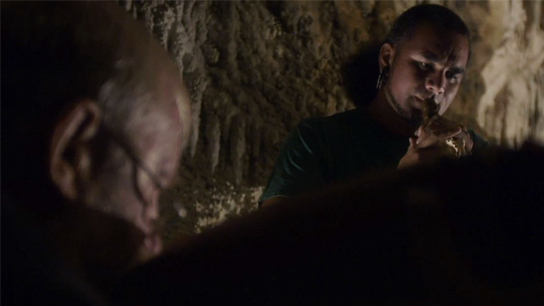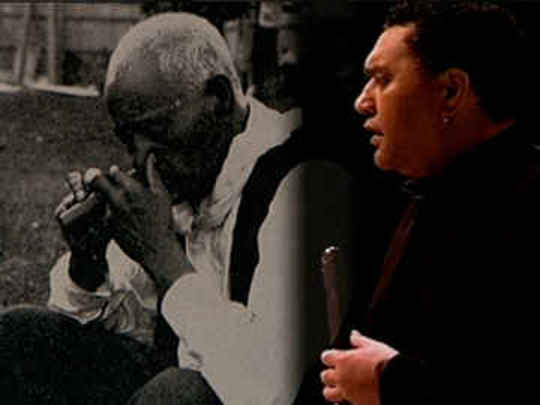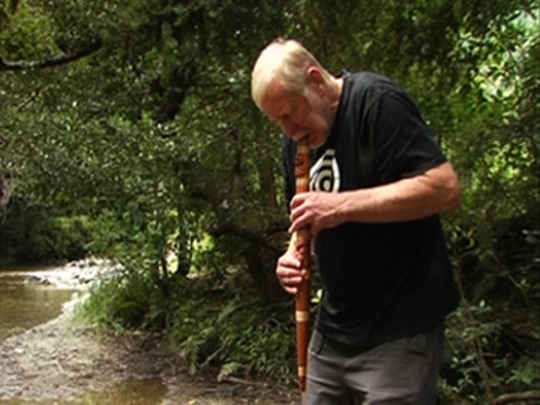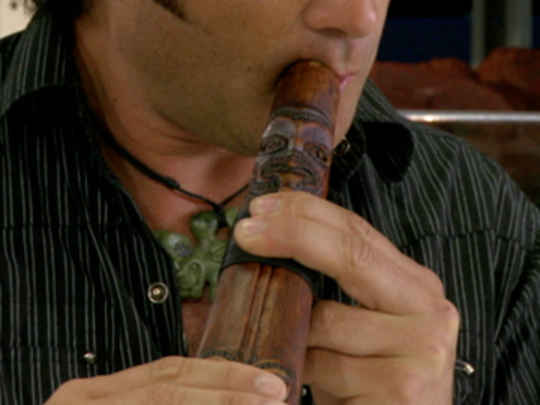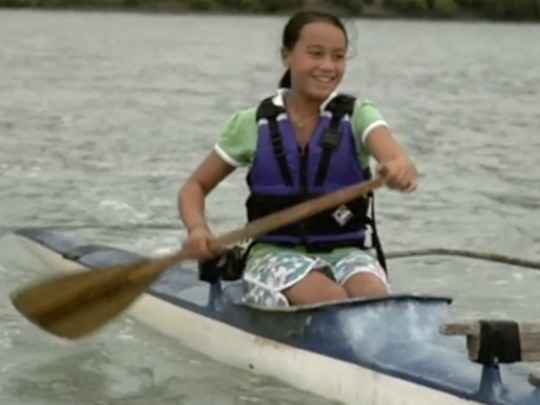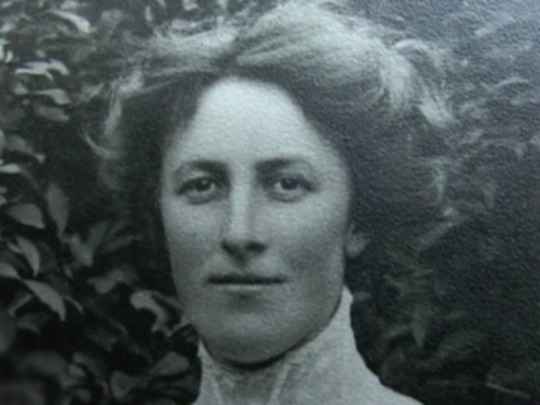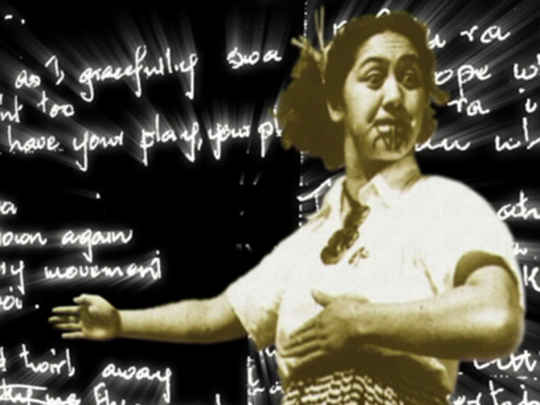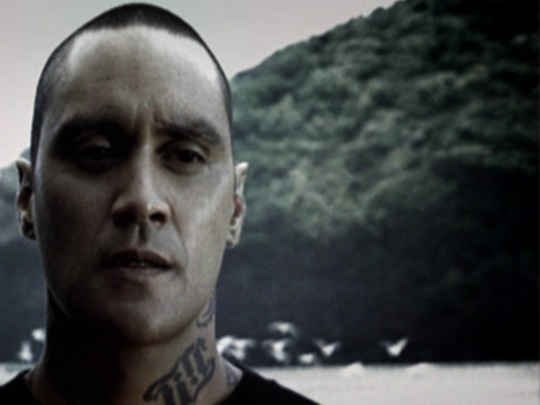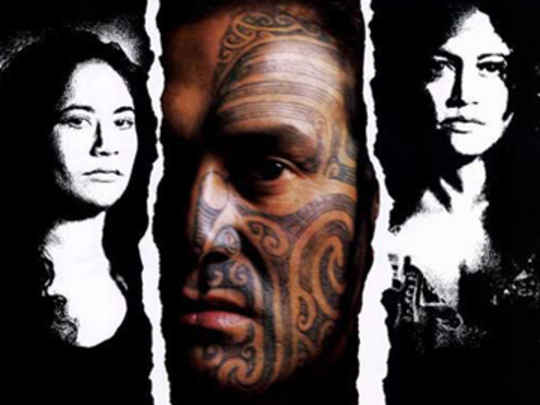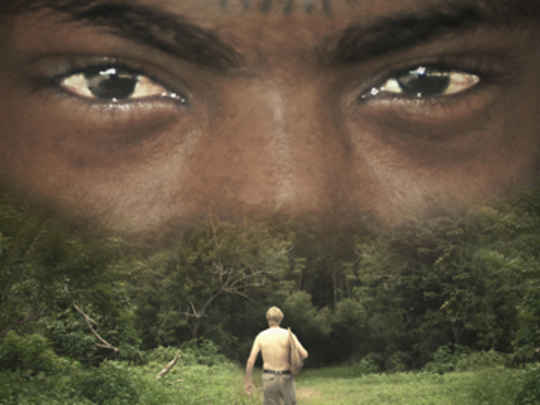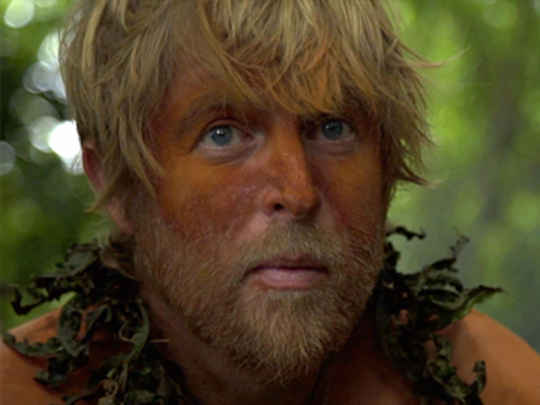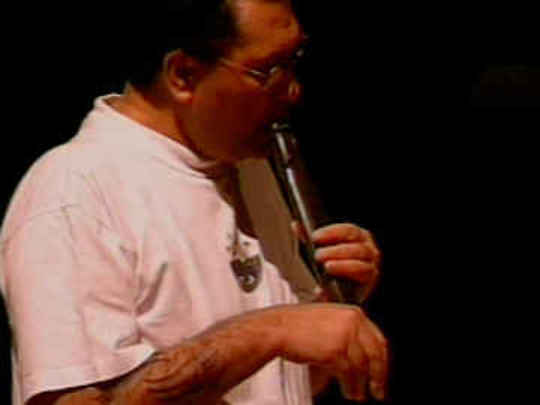Voices of the Land: Ngā Reo o te Whenua
Film (Trailer) – 2014
Landscape...it's the bedrock. It's the bones, it's the ribs, it's the stuff of music. It's the needle of the compass.– Richard Nunns
Traditional Māori instruments are being used as cultural markers all around us, with fragments of it on television screens and radiowaves, and in performances with a wide range of musicians nationally and internationally. They are the soundscape of New Zealand, now. People think they won’t know them but they do. They are sounds that could only have come from Aotearoa.– Richard Nunns on traditonal Māori instruments, on his website
(Richard) says it’s hard for Westerners to even conceive of what Māori were trying to do with these instruments. When Europeans arrived here, we’d already had such strong musical traditions of set patterns and notes and pictures, that were determined to such an extent that if it was half a tone out from what it should be, everybody thought of it as wrong. So for the Western mind to begin to understand how music can exist out of those confines is still a challenge today.– Director Paul Wolffram, in an interview with Lumiere, 19 July 2014
